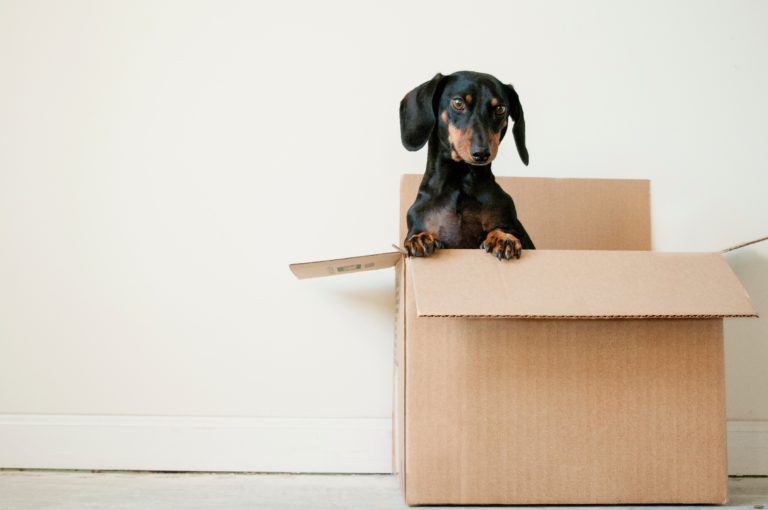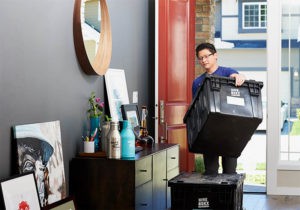Everyone can agree: nobody likes moving. The anxiety of relocation hinders any possible delight from the upcoming changes. Nonetheless, the experience can get even tougher: if you’ve got dogs at home, it gets incredibly frustrating.
Pets don’t like changes in their routine. They’ll become ruthless and start getting on your nerves, and you’ll have to control them. If you don’t address the move-out correctly, all the tension will have long-lasting effects on your pet’s mental state.
That’s why we have compiled eight life hacks to make relocating with your dog simpler.
8 Tips to Make Moving with Pets Easy and Stress-free
Follow Your Habitual Routine
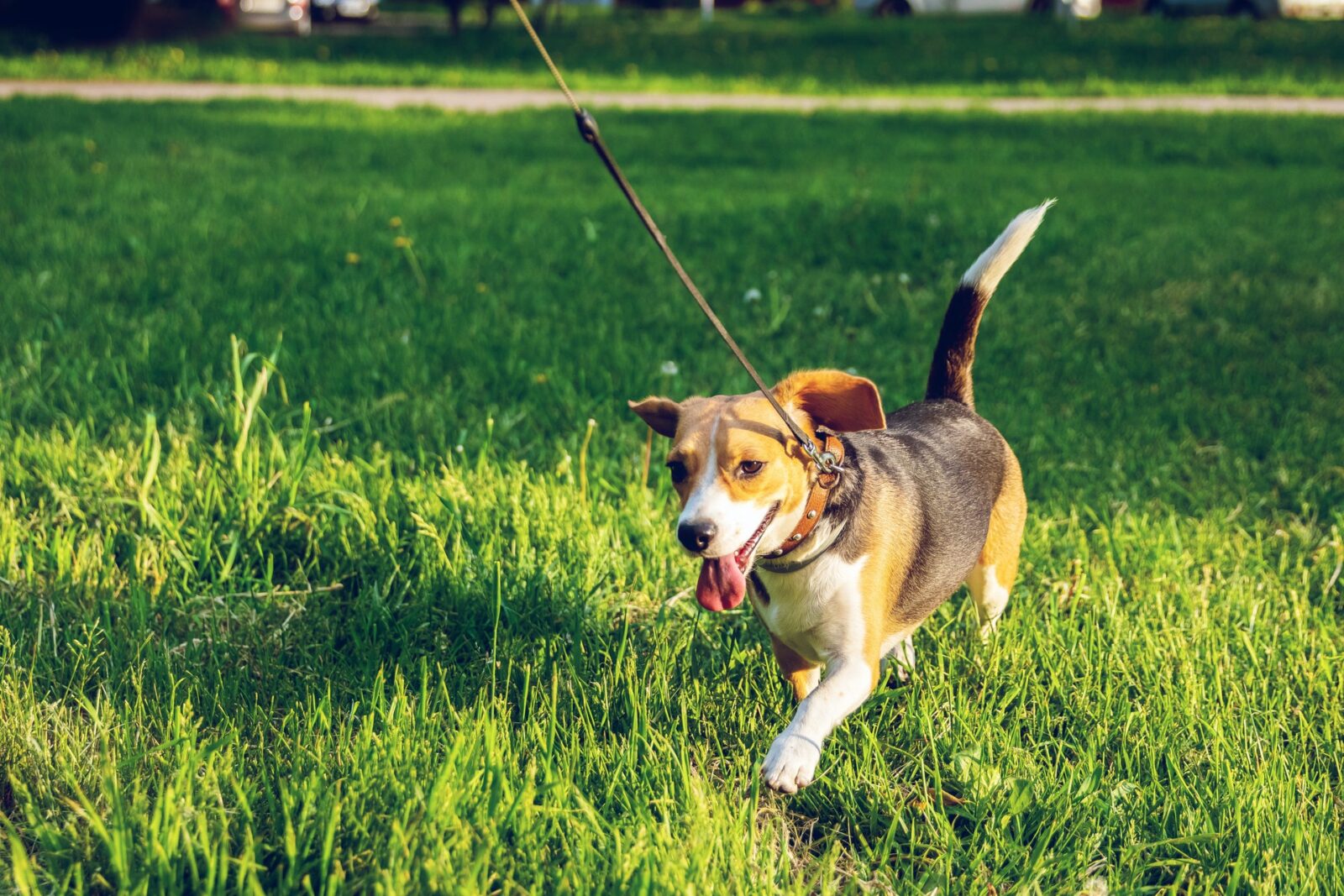 Dogs get incredibly nervous if their regime changes in any way. Even the slightest deviations from their normal routine lead to skyrocketing anxiety. That’s why it’s substantial to stick to your everyday habits even if you’re extremely busy with the upcoming move-out.
Dogs get incredibly nervous if their regime changes in any way. Even the slightest deviations from their normal routine lead to skyrocketing anxiety. That’s why it’s substantial to stick to your everyday habits even if you’re extremely busy with the upcoming move-out.
Here are our recommendations:
- Proceed with walking and feeding the dog just as usual. Try to keep regular hours.
- If your pet goes potty at a specific time, don’t be late on pee and poop breaks.
- If that’s what your dog is accustomed to, don’t skip the evening playtime either.
In general, just follow your dog’s routine. It’s exactly what the pooch needs to stay calm and happy.
Help Your Pet Get Used to the Moving Boxes
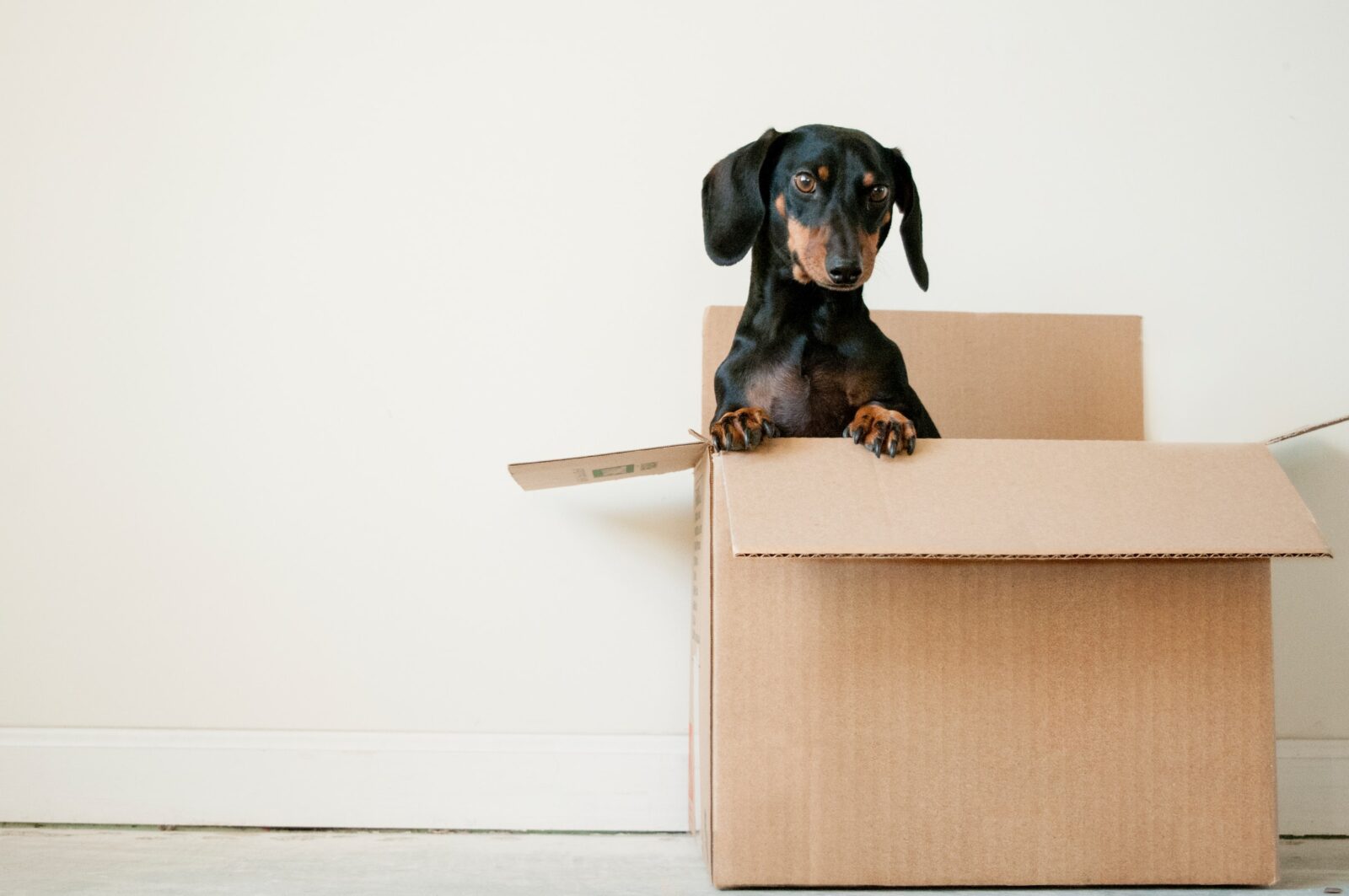
Some dogs believe that if you take out your suitcase, it means you’re leaving. It’s an instant trigger that makes them worried, especially if they have separation anxiety. That’s why you need to make your pet less sensitive to the sight of packing boxes and luggage.
Instead of making these objects into a predictor of future changes, entwine them into your dog’s everyday life. You can take out the boxes and suitcases and just leave them against the wall. Allow your dog to explore them and get used to unfamiliar sights and smells.
But if your pup is so distressed that nothing helps calm it down, you can reinforce positive associations by giving it treats every time it approaches the packing boxes. This way, the dog will learn there’s nothing traumatic about it.
Physical Activity Is Key
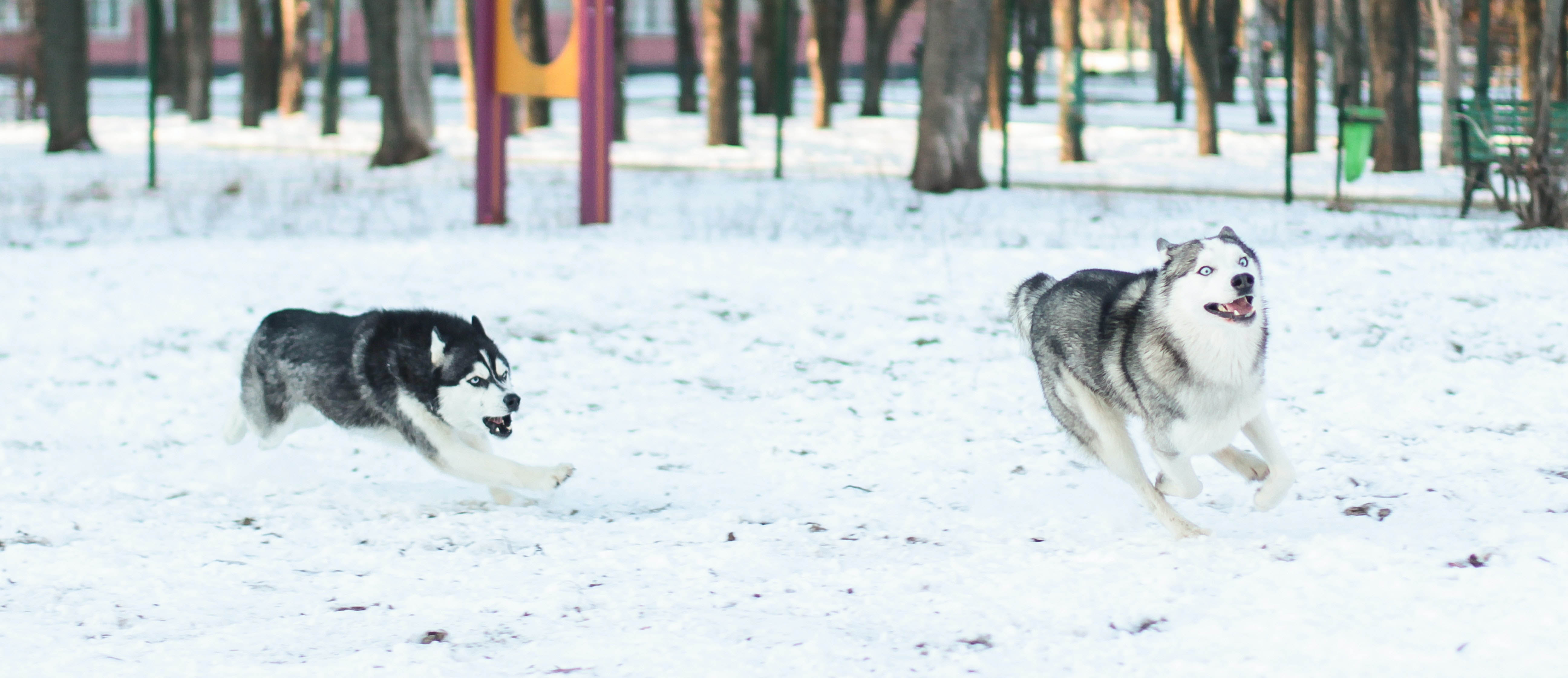
Exercising is another critical way for your dog to get its mind off the worries. It’s important to engage your dog in physical activity, even if your schedule is crammed with tasks to complete before moving.
Still, regular walks are not enough. Your pet needs some off-leash time every day. To exhaust it properly, look for a safely enclosed park. You’ll need a space where you can let your dog run around, playing fetch and getting along with its dog buddies. Alternatively, if the dog is taught to swim, try swimming in the pool.
The lack of exercise makes your pup’s psyche unstable and fragile. So to ease the tension of the looming shift, find a minute or two in your schedule for a regular dog’s work out.
A Dog Should Stay Entertained
If you’re bound up in your preparations, there’s a chance you don’t have a spare minute to devote to your dog. It’s common for pets to misbehave not only because of anxiety but boredom as well. That’s why barking, excessive chewing, digging, and other misfortunes might signal that you don’t spend enough time together.
Any misbehavior can be reduced if you keep your pet busy with games, training, and other activities that enable its mental resources. Occupying dogs’ brains is undeniably useful for their psyche. It stabilizes their mood and exhausts them positively. Therefore, mental activities will help you minimize the stress of moving.
Your options to keep the dog entertained include:
- training new commands and performing the old ones;
- food-stuffed toys: your dog will only be thinking about how to get a treat out;
- lengthy “sniff-walks“: enable your pooch to explore the smells as long as it wants.
Create a Secure Spot for Your Dog

When dog parents are preparing their house for the pup’s arrival, they build a secluded area or a crate. Usually, it includes blankets to be warm, the pup’s favorite toys, a water bowl, and the owner’s things. This creates a protected space where homeowners can leave their puppy without supervision.
Being inside a safe space makes puppies feel sheltered and calm. But as a pet grows up, its crate might be removed as redundant. After all, a dog already knows it’s safe anywhere at home. It’s taught not to destroy its owner’s things and behave properly even if nobody’s around.
You’ll be surprised that a sheltered spot is a perfect answer to your relocation. You should build it both in your old house and a new one.
- In the old house, the dog needs a runaway from the chaos as you’re packing and getting ready to move.
- When it moves to an unfamiliar place, it should be surrounded by comforting things that help it feel better.
- Consider Use of Anxiety Aids
Apart from indirect options to calm the pet down, such as bodily and mental activities, there are direct ways to control your pooch’s mental state. We’re talking about sedatives.
- Treats containing CBD, although made from cannabis, boast no psychoactive effects. On the contrary, they make your pet calm down if it’s tense, stressed out, or hyperactive.
- Sedative meds (acepromazine, diazepam, et al.) are common anti-anxiety drugs. However, you must consult with your vet before using them.
- Stress-free vests and collars for dogs possess strong calming properties.
Before trying any anxiety aid, run a test in other nerve-racking situations (fireworks or thunderstorms) to make sure it works. This is the only way you can be 100% certain that moving with a dog will be drama free.
Hire a Licensed Moving Company
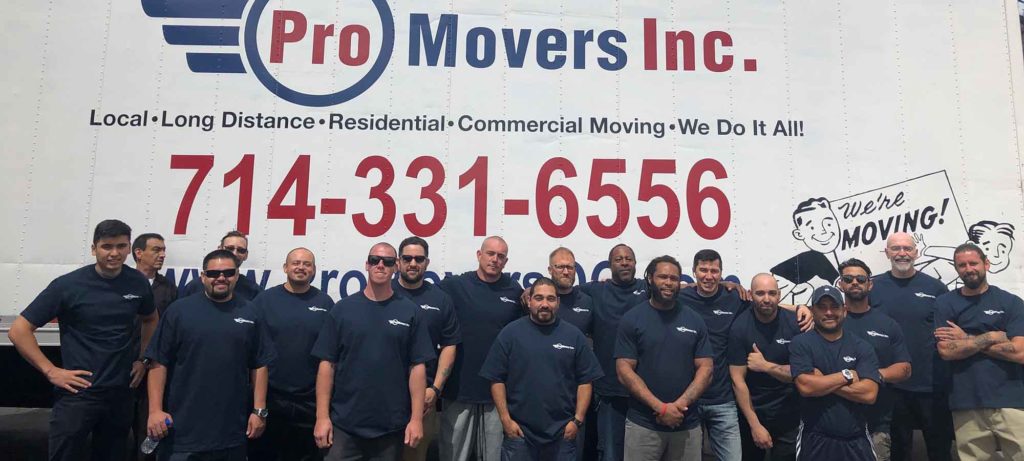
Having a professional crew handle your relocation is another huge stress-reliever both for you and your pets. Although it might get crowdy at your previous house, you’ll be done much faster than doing it yourself, which means less strain for your four-legged friend.
Your dog should be exhausted before the company crew arrives. Here are some tips on how you can ensure it.
- Unleash your dog when walking in the morning.
- Play some sports and games for bodily and mental activity.
- Use anxiety aids that we’ve mentioned above.
When the moving team arrives, keep the dog in the safe zone far from their reach. If you’ve followed our tips, the pooch will be too tired to process what’s happening.
We at Pro Movers offer affordable services. Get your free moving quote and investigate how our expertise can transform your moving experience.
Positive Exploration of the New Place
When you’ve finished moving with a dog, there comes another significant stage: getting accustomed to your current house. It’s uneasy for you and your housemates, but imagine how hard it is for your little friend!
At the start, the dog might be too scared to explore the unknown place. It also might whine at night or scratch at the door, begging you to return back to your previous place of living.
❗ PRO TIP: Don’t reinforce your pup’s worries with cuddles: dogs perceive it differently than us, humans.
If it acts frightened and you’re patting its head, you’re essentially saying: “Good boy. You should be afraid!”
Instead, switch the dog’s attention to something else. Do some commands or play fetch inside, if space allows. Feed your pet to signal nothing threatens it here. Don’t forget to stick to the ordinary routines: dog food, potty time, walks, etc. should be the same as in your old house.
At night, keep the dog in its secure spot where it’s surrounded by objects it knows. When you let it out, encourage it with treats and hugs as it starts investigating the new home.
What to Do on a Move-out Day
Here are some life hacks on how to keep your dog stress-free on your relocation day. After all, you don’t need another pain in the neck, do you?
Hire a dog sitter or try daycare
You’ll need someone to keep an eye on your pup. The last thing you want is a pet getting in the way of your moving crew. Besides, the doors will be held open, which is a huge safety hazard: there’s a chance you’ll spend the whole evening looking for your pup instead of finishing the move-out. If dog sitter or daycare services are unavailable, seclude an area of your home with a baby gate or put your dog into the crate.
Take a walk that ends at the new home
Don’t take your dog home directly upon arrival. Instead, go for an extended walk that ends at your current place of residence. It will introduce the pet to the neighborhood while also helping it burn off excess energy. By the end of your exploration journey, the dog will be overwhelmed with unfamiliar smells and tired enough to calm down.
From now on, because of this walk, it will have positive associations regarding your new house.
Never forget patience and compassion
Moving with dogs is tough. It’s hard to tell who’s having it harder: you or your pooch. Being frustrated and confused is understandable for you and even more so for your furry friend.
Even if your pet has been through this process before, it still doesn’t know what’s happening. It’s an entirely new situation for the dog, so misbehavior is almost inevitable. The poor thing might get needy and anxious, demanding your endless attention and love.
Avoid getting angry as best as you can. During your preparations for a move-out and after the relocation, treat your dog with tolerance and compassion. Remember: in the heat of crucial life changes, even a well-experienced dog might suddenly become a helpless puppy.
Introducing Dogs to Their New Home
The first month after moving a dog to a new house won’t be easy. You’ll be trying to follow your pet’s daily routine while experiencing changes in your own.
In the beginning, the dog anxiety after moving will skyrocket, and you might notice a significant regress in its separation phobia. To eliminate the issue faster, you’ll need to show that being alone is pretty awesome. This is where the enclosed protected space comes in handy. On the one hand, you’ll be able to leave your dog unattended. On the other, it will learn to switch to its favorite treats and toys without feeling abandoned.
Finally, consider turning music on when you leave. It would conceal all the noise coming from the outside, helping your pooch have anxiety-free playtime.
Conclusion
Do not expect that your moving with dogs goes smoothly. Most likely, the event will leave you empty and strung-out: after all, it’s always tense to change your way of living. However, you can avoid some difficulties if you plan your actions properly and begin to prepare for a relocation in advance. This applies not only to your belongings but to the dog’s mental state as well.
Hopefully, our article has helped you get a full picture of what’s to come. Follow the plan step by step and you’ll bring your dog’s anxiety after moving to zero.


